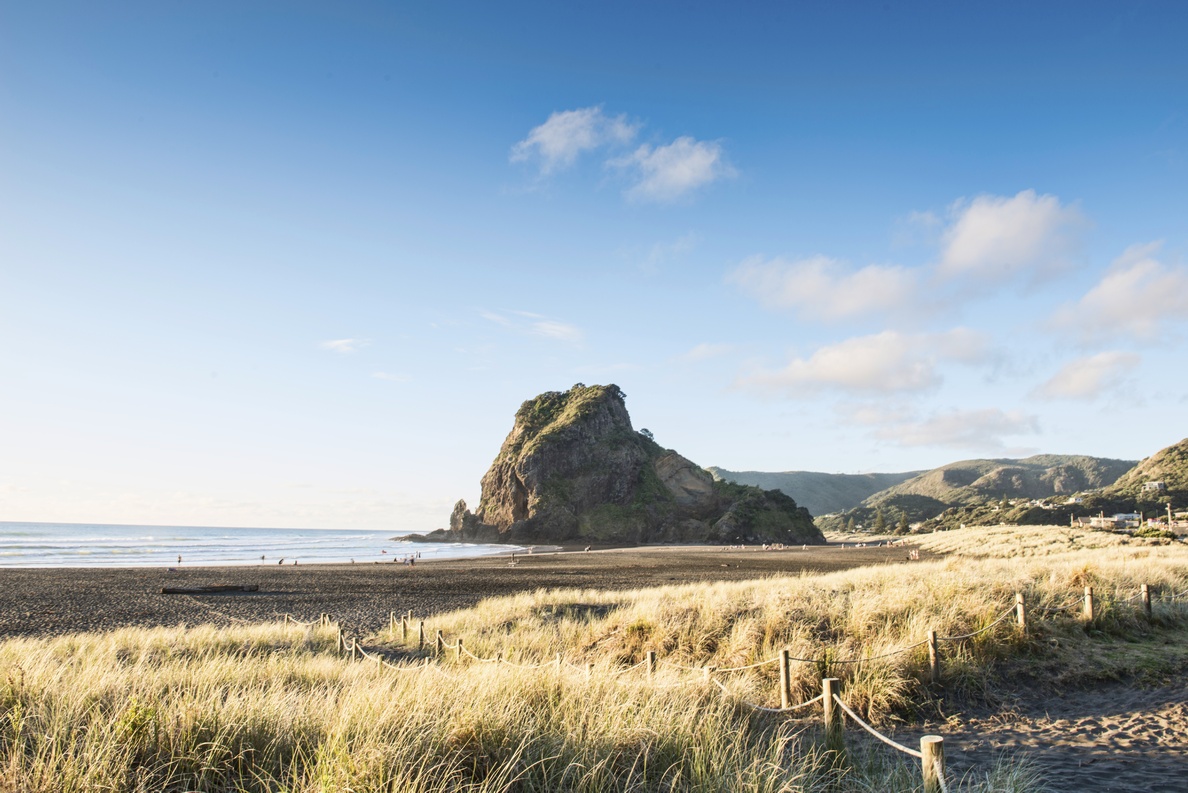Rainfall, river flow, and groundwater level state and trends in Tāmaki Makaurau / Auckland 2010-2019
Author:
Kolt JohnsonSource:
Auckland Council Research and Evaluation Unit, RIMUPublication date:
2021Topics:
EnvironmentExecutive summary
Auckland Council operates long-term hydrological monitoring programmes for river flows and aquifer water levels throughout the region. Hydrological data is used to determine the current state and long-term trends, identify environmental management issues, inform the review and development of the Auckland Unitary Plan (AUP), and to assess the effectiveness of current plan provisions. This report describes patterns and trends in rainfall, river flow, and groundwater level and makes observations about the impacts of resource use where data were available (for groundwater) and the effectiveness of the current monitoring programmes to deliver on the stated objectives.
Climate drivers were investigated to provide context for the state and trends in this report. The Interdecadal Pacific Oscillation was predominantly increasing, and El Niño Southern Oscillation was predominantly decreasing, however there was not a clear relationship between climate oscillations and observed rainfall. No monotonic trends in rainfall could be established with confidence, however there was higher than normal rainfall in 2011 and 2016-2018. Trends in the number of high stream flows could not be established with confidence, however, there was a clear pattern of decreasing numbers of high flow events in urban catchments and increasing numbers of high flow events in rural catchments. High rainfall years were also reflected in fewer minimum flow days.
The magnitude of annual low stream flows had increasing trends at two-thirds of flow monitoring sites, but only two sites had trends that could be established with confidence. Increasing trends in low stream flows did not reflect a pattern in location, catchment size, or land cover, indicating that rainfall is the primary driver of streamflow trends. This is consistent with rainfall patterns observed over the period of analysis. The frequency of low flows below the MALF had decreasing trends (less days below) at all five minimum flow monitoring sites, however, the rate of change could not be established with confidence.
Increasing trends were calculated for most groundwater monitoring sites for both mean monthly (75%) and annual maximum groundwater level (62%). The spatial distribution of increasing trends did not show a pattern in location or aquifer characteristics. Several aquifers were found to be influenced by groundwater abstraction, leading to both decreased water levels (Omaha Waitematā and Glenbrook Kaawa aquifers) and increased water levels (Waiwera geothermal, Parakai geothermal). These cases were not representative of monotonic trends, but rather step-changes in the annual water level pattern. All sites with decreasing annual minimum groundwater levels did not have a corresponding trend in the annual maximum, indicating that groundwater abstraction did not affect winter recharge to aquifers. The decreasing summer groundwater levels observed in some aquifers are temporary in duration and followed by full recovery of groundwater levels over winter. Normal winter recharge in these aquifers suggests long-term sustainability. However, the link between water use and groundwater level in some aquifers (Omaha Waitematā, Waiwera and Parakai geothermal, and Glenbrook Kaawa aquifers) highlights the importance
of continued monitoring to inform ongoing management.
Auckland Council technical report, TR2021/06
Published February 2021.
See also
Auckland Council's State of the environment report 2020
The health of Tāmaki Makaurau / Auckland’s natural environment in 2020
